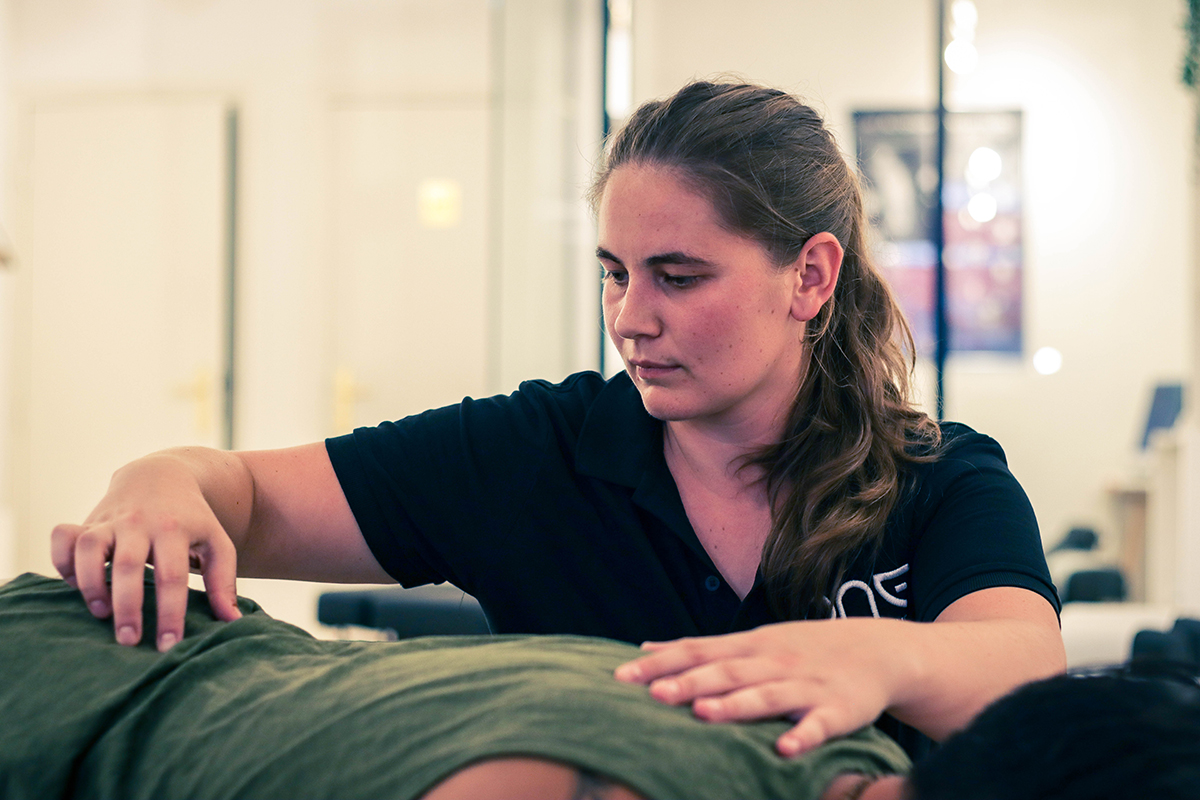Did you know that as much as 7,5% of people worldwide experience lower back pain? Back complaints are becoming more common due to the way we live our lives. We see more young people with back and spinal issues. The complaints they experience include tension in the back, cracking back, burning or chronic pain. In some cases the pain even radiates to arms and legs.

What causes back pain?
So what is happening that is affecting our spine and back in this way?
Ninety percent of the times back complaints are originating sitting at a desk for too long, watching too much televsion on the couch, joint overuse, poor sleeping position or poor posture.
Micro traumas
All of the above can generate micro traumas in the spine which can accumulate and create neurological and structural changes in our spines and nervous systems. These issues can presenting new symptoms if you don’t take action. Think of symptoms such as neck and back pain, sciatica, upper back pain.

What a chiropractor can do to relief back pain
Chiropractic care is based on correcting misalignment of the spine. A properly aligned and balanced spine reduces many physical ailments, like back pains. So first off, a chiropractor will check your spine for imbalances. People with imbalances or subluxations in their spine usually will start feeling stiffness or light aches in their bodies before the pain actually starts.
After that initial check, a chiropractors will be able to detect the underlying causes and when necessary correct vertebral subluxations (imbalances in the spine) in order to create results in the long term.
It is important to initially determine how the back complaints are affecting daily tasks and base the chiropractic care plan to restore normal function as soon as possible. On the other hand, it is fundamental to achieve log term results by doing neuro-structural corrections for the long term benefits.
The effects people experience after chiropractic care
People under longer term chiropractic care often report:
- Decreased pain and spinal tension
- Increased flexibility
- Ability to walk longer distances or sitting longer without pain
- Increased energy levels
- Increased performance at work
- Increased sport performance
- Ability to easily adapt to high level of stress (physical, chemical or mental).



